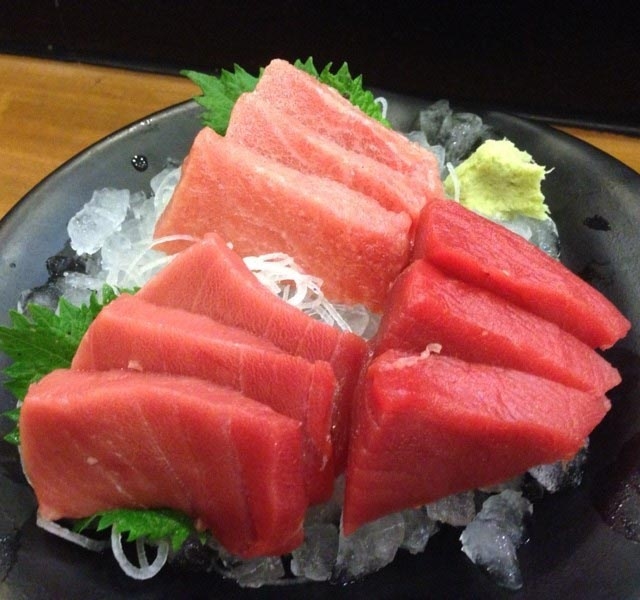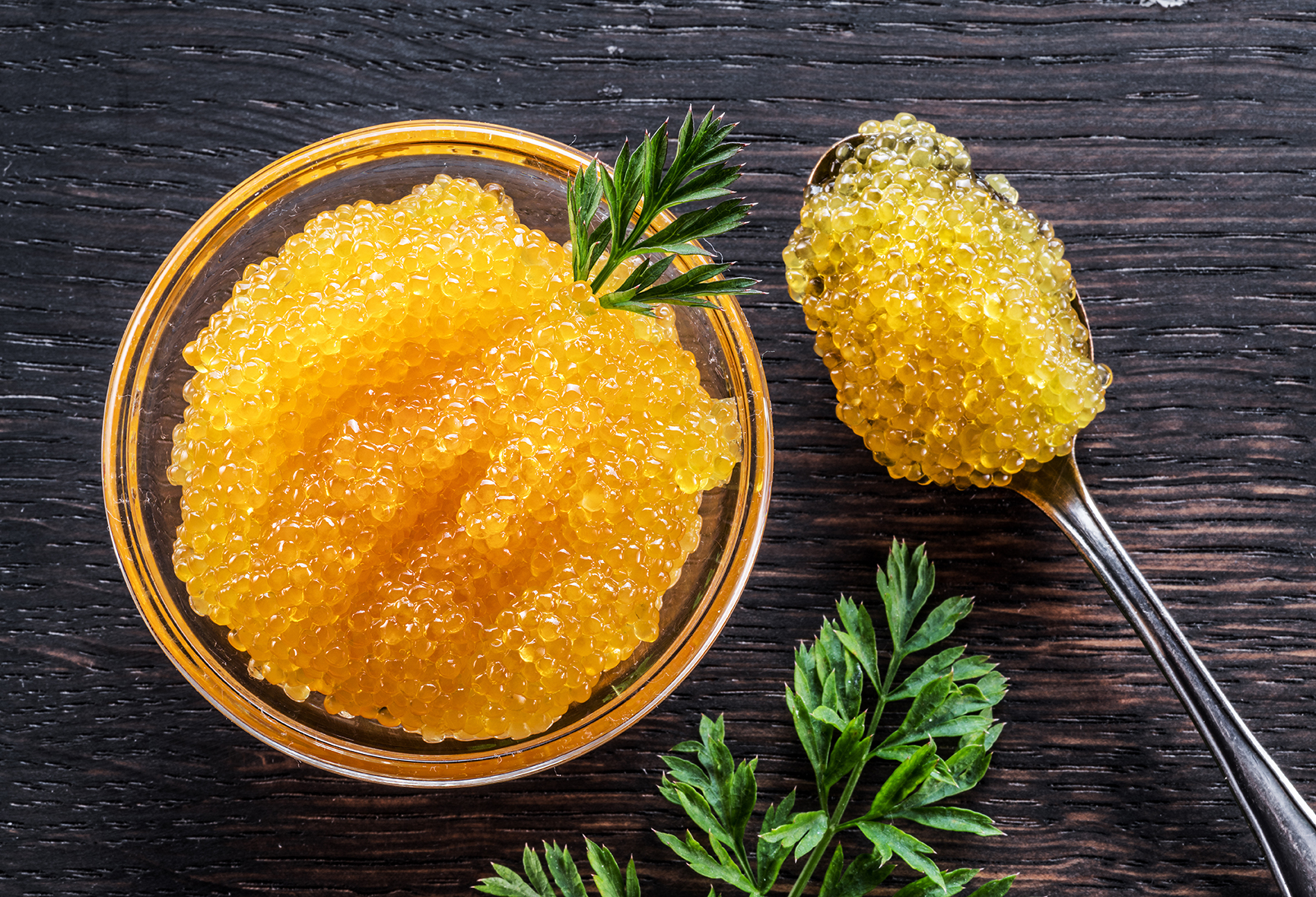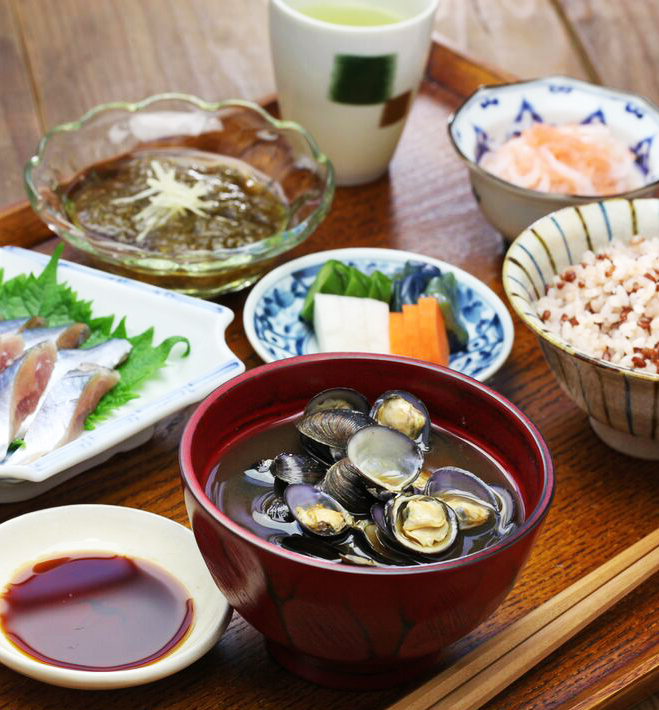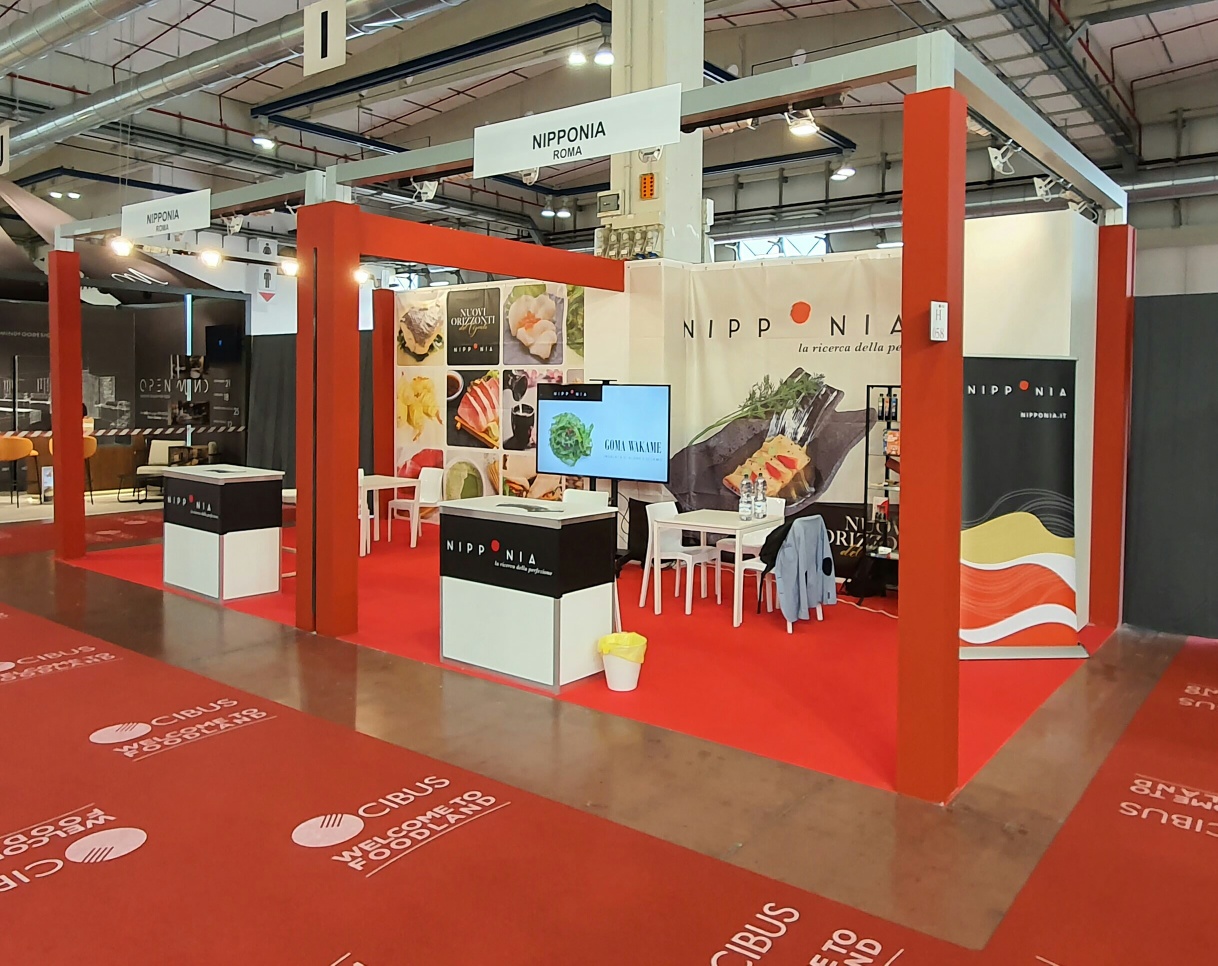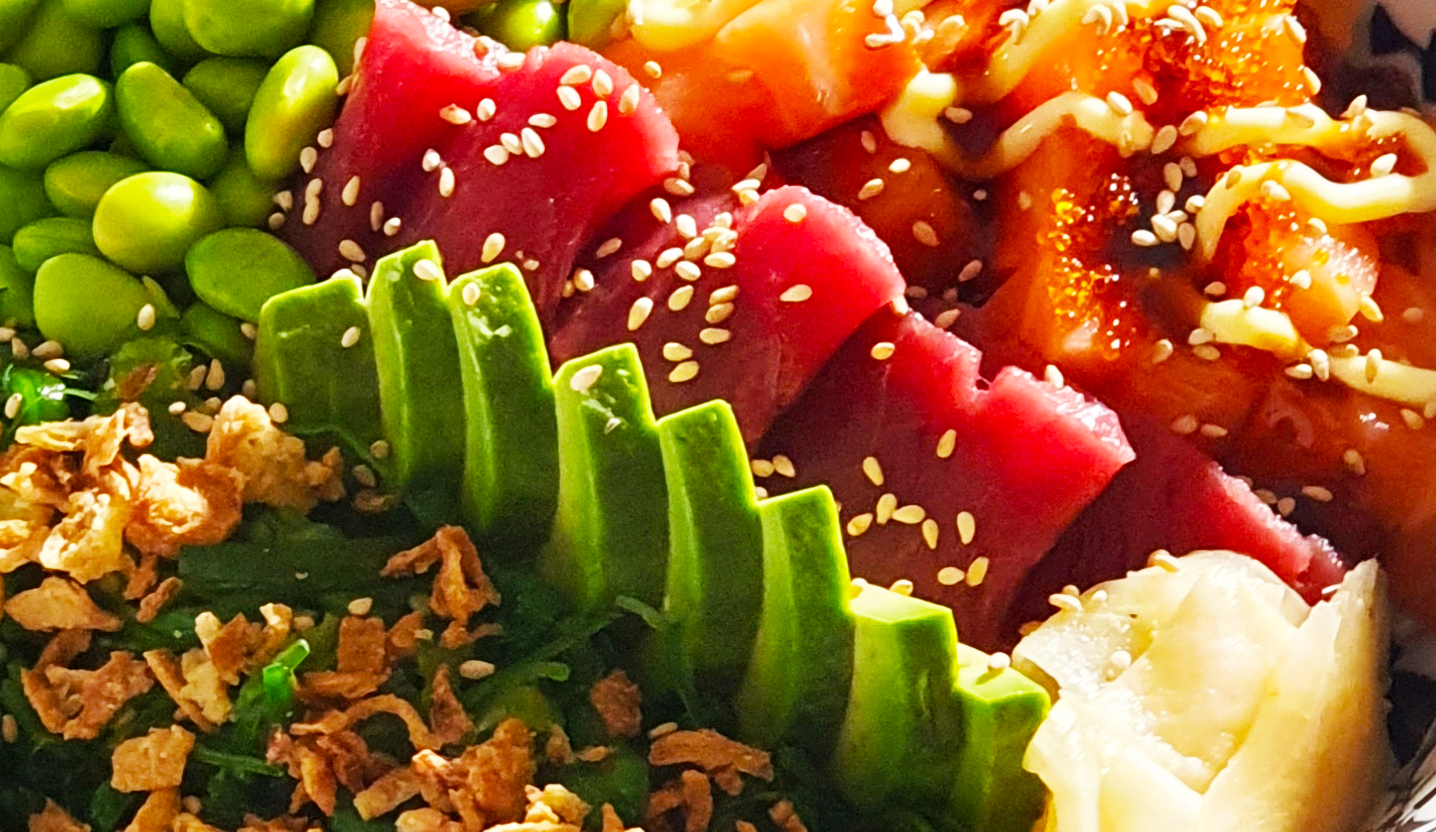What is the Maguro? It is the Japanese word for Tuna. Much sought after in the sashimi world, it is divided into 3 main grades. But before I go into detail among the various cuts of this prized migratory fish, I want to tell you about an experience I had on a day off around the suburbs of Tokyo
This epic tale begins when a good friend of mine invites me to accompany him to a place called Maguro, not far from his office. The restaurant is frequented by a crowd of area professionals and foodies from the four corners of the city, looking for one thing, the best Bluefin Tuna sashimi ever. The place is spartan, there are no comfortable chairs or tables, just high stools and small tables, and you have to get your own beers from a large crate full of ice near the entrance. The menu is scribbled in Japanese on a blackboard, and with the language barrier the place sees few international tourists, but this only adds to its charm.
It’s an izakaya (Japanese restaurant/pub) with unusual operating hours, but I guess if you’re good at what you do, you can really open it whenever you want and people will still come. We arrived at 3 p.m. and shortly afterwards there was already a line of about 60 people. We ordered a maguro sashimi set, which consisted of 3 main cuts: akami, chutoro and otoro.
– The first is akami this is the red meat that you are used to eating as sushi or sashimi, and it is the regular tuna.
– After the akami is the Toro, which is the fattest part of the tuna, and it is further divided into two parts: the chutoro or chu-toro is a medium-fat tuna, which is located next to the akami, which descends toward the fish’s anal fin, a very fibrous part generally beaten with a knife to extract excellent tartare.
And finally here is the Otoro (o-toro), this is the fattest and tastiest part of the Bluefin Tuna. It slides into the mouth cut into half-inch-thick slices, and is rich in umami, for the Japanese the fifth basic flavor. Needless to say, it is definitely expensive.
We also ordered a tray of uni, sea urchins, which the chef lightly seared with a blowtorch, as well as some Unagi (Japanese eel) and some Tai (red snapper).
When it came time to taste the Otoro, it looked more like a small portion of marbled Wagyu steak than a simple piece of fish; once you put it in your mouth there is really no reason to chew, just close your eyes and let it melt.
We rose and fell in whatever layer of heavenly unconsciousness, on that anonymous day that became a special memory of my existence, rinsed away by icy Asahi. The uni was the perfect accompaniment to our crossing into the gluttony on which we embarked, and the only thing that didn’t live up to those heavenly routes was the Tai, which we can describe as “only” good.
So if you’re out and about in Tokyo and you see from a distance a small faded sign with lots of people lined up underneath, stop and wait your turn, it’s worth it!
Now if you want I can tell you more about this precious ingredient: the Otoro, the belly of Bluefin Tuna.
Otoro is the fattest part of the Bluefin Tuna belly, that part of the belly closest to the fish’s head, which turns pink when full of fat. Large fish from 200 kg and up accumulate fat in the cold seas hunting squid and herring to prepare for the exertions of the April “race,” the migration that will take them across the Strait of Gibraltar to come and breed in our temperate seas. At this time, the belly of the largest fish is up to four fingers thick, with the characteristic pink and white reticulated texture, loaded with tender fat, and the back fillet meat is red and firm.
As early as July, the bellies become empty and thin due to the severe stress suffered by the tuna after spawning.
To find a fair amount of blubber, one has to get to September/October, but by this time the giant tunas have resumed their oceanic migratory routes, to leave a resident population of young tuna, rarely larger than 100kg, in the Mediterranean.
Today, tuna is a protected fish and fishing is restricted by the Ministry to ensure the continuity of the species and its presence on the tables of gourmets around the world.
